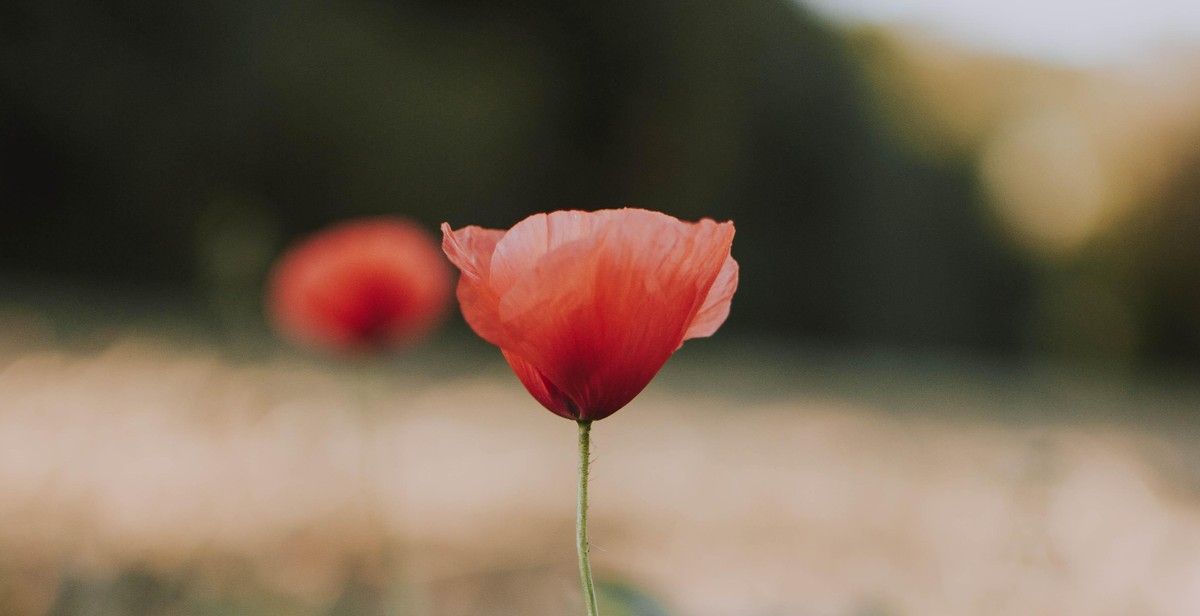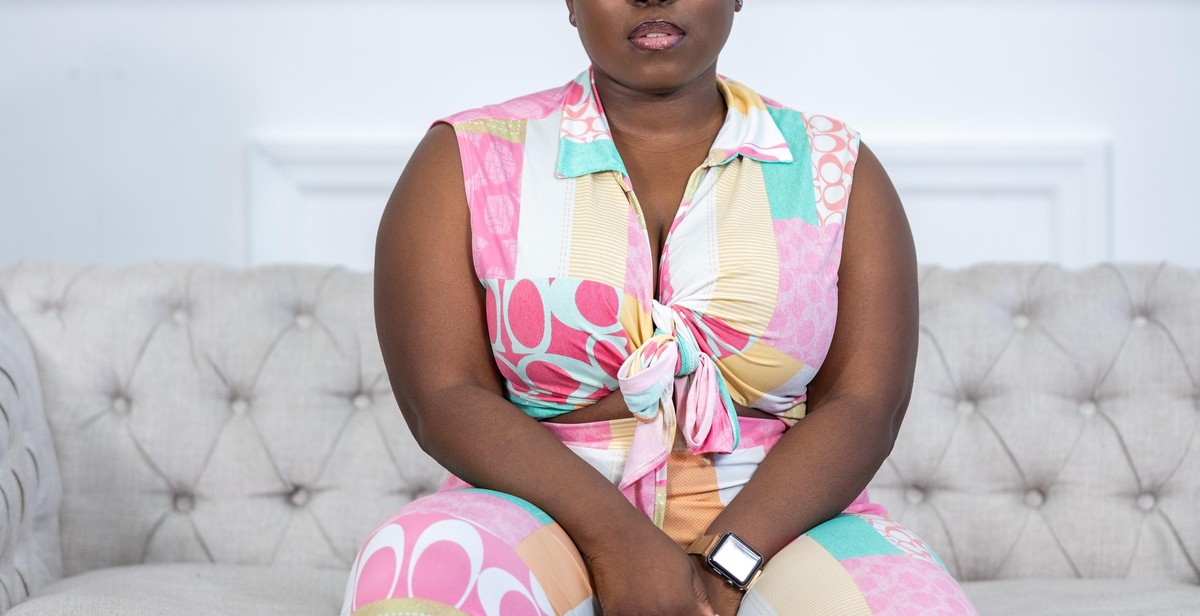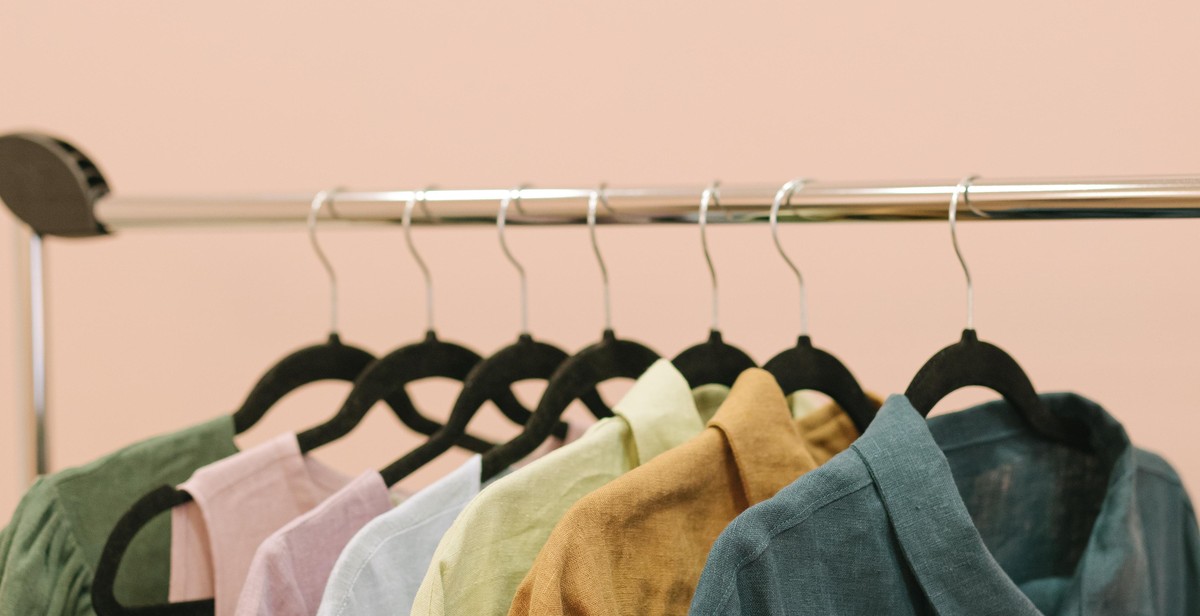How to Add Color to Your Wardrobe: Styling Tips for Incorporating Vibrant Hues
If you’re someone who tends to stick to neutral tones when it comes to your wardrobe, you’re not alone. While black, white, and gray may be safe and versatile options, they can also become monotonous and dull after a while. Incorporating color into your wardrobe can be intimidating, but it can also be a fun and exciting way to express your personal style and add some visual interest to your outfits.
Why Add Color to Your Wardrobe?
There are a few reasons why you might want to consider adding some color to your wardrobe:
- Boost your mood: Wearing bright and vibrant colors can have a positive effect on your mood and make you feel more confident and energized.
- Show off your personality: Your wardrobe is a reflection of your personality, and incorporating color can help you showcase your unique style and individuality.
- Add variety to your outfits: Adding color to your wardrobe can help you mix and match different pieces in new and interesting ways, creating a wider range of outfit options.
Whether you’re new to wearing color or just looking for some fresh inspiration, this article will provide you with styling tips and ideas for incorporating vibrant hues into your wardrobe.

Understanding Color Theory
Color theory is the study of colors and how they interact with each other. Understanding color theory is crucial when it comes to adding color to your wardrobe. The primary colors are red, blue, and yellow. These colors cannot be created by mixing other colors.
Secondary Colors
Secondary colors are created by mixing two primary colors. The three secondary colors are green (blue + yellow), purple (red + blue), and orange (red + yellow).
Tertiary Colors
Tertiary colors are created by mixing a primary color with a secondary color. There are six tertiary colors: red-orange, yellow-orange, yellow-green, blue-green, blue-purple, and red-purple.
Complementary Colors
Complementary colors are colors that are opposite each other on the color wheel. When paired together, they create a high contrast and make each other appear brighter. For example, red and green are complementary colors, as are blue and orange, and yellow and purple.
| Primary Colors | Secondary Colors | Tertiary Colors |
|---|---|---|
| Red | Green (blue + yellow) | Red-orange |
| Blue | Purple (red + blue) | Yellow-orange |
| Yellow | Orange (red + yellow) | Yellow-green |
| Blue-green | ||
| Blue-purple | ||
| Red-purple |
By understanding color theory, you can create harmonious and visually appealing outfits. Whether you choose to wear complementary colors or monochromatic colors, adding color to your wardrobe can make a bold statement and elevate your personal style.

Choosing Colors That Suit You
When it comes to adding color to your wardrobe, it’s important to choose hues that complement your skin tone, hair color, and eye color. Here are some tips to help you choose the best colors for you:
Skin Tone
Your skin tone is one of the most important factors to consider when choosing colors for your wardrobe. Here are some general guidelines:
- If you have a cool skin tone (pink or blue undertones), look for colors with cool undertones, such as blues, purples, and greens.
- If you have a warm skin tone (yellow or golden undertones), look for colors with warm undertones, such as reds, oranges, and yellows.
- If you have a neutral skin tone (a mix of cool and warm undertones), you can wear both cool and warm colors.
Hair Color
Your hair color can also play a role in choosing colors for your wardrobe. Here are some tips:
- If you have blonde hair, try wearing pastels and light colors.
- If you have brown hair, earth tones such as greens and browns look great.
- If you have black hair, bold colors like red and purple make a statement.
- If you have red hair, greens and blues can complement your hair color.
Eye Color
Your eye color can also help you choose colors that flatter you. Here are some tips:
- If you have blue eyes, earth tones and cool colors like blues and purples can make your eyes pop.
- If you have green eyes, warm colors like oranges and reds can bring out the green in your eyes.
- If you have brown eyes, almost any color works well, but try wearing jewel tones like emerald and sapphire.
| Skin Tone | Hair Color | Eye Color | Best Colors |
|---|---|---|---|
| Cool | Blonde | Blue | Blues, purples, and pastels |
| Warm | Brown | Green | Reds, oranges, and yellows |
| Neutral | Black | Brown | Both cool and warm colors |
By keeping these guidelines in mind, you can add color to your wardrobe in a way that complements your unique features and makes you feel confident and stylish.

Incorporating Color into Your Outfits
Adding color to your wardrobe can seem intimidating, but it doesn’t have to be. Here are some tips for incorporating vibrant hues into your outfits:
Start with Accessories
If you’re new to wearing color, start small by incorporating colorful accessories into your outfits. A bright scarf, statement necklace, or bold pair of shoes can instantly add a pop of color to even the most neutral outfit. Plus, accessories are an easy way to experiment with different color combinations without committing to a full-on colorful ensemble.
Mix and Match Neutral and Vibrant Colors
When incorporating color into your outfits, it’s important to strike a balance between neutrals and bright hues. Pairing a colorful top with neutral pants or a vibrant skirt with a white blouse can create a chic and balanced look. Don’t be afraid to mix and match different colors, but be mindful of the overall color palette and ensure that the colors complement each other.
Color Blocking
Color blocking is a fun and bold way to incorporate multiple colors into your outfit. Choose two or three colors that complement each other and wear them in separate blocks. For example, pair a bright yellow top with a royal blue skirt and finish off the look with a pair of red shoes. When done right, color blocking can create a striking and stylish outfit.
Monochromatic Outfits
If you’re not ready to mix and match different colors, try a monochromatic outfit. Wearing different shades of the same color can create a sophisticated and cohesive look. For example, pair a light blue blouse with navy blue pants and finish off the look with a pair of blue heels. Monochromatic outfits are also a great way to elongate your silhouette and create a streamlined look.
By following these tips, you can easily incorporate color into your wardrobe and create stylish and vibrant outfits.

Experimenting with Color
Adding color to your wardrobe can be a fun and exciting way to express your personal style. However, it can also be intimidating to step out of your comfort zone and try new hues. Here are some tips for experimenting with color:
Try New Color Combinations
One way to incorporate color into your wardrobe is to try new color combinations. Don’t be afraid to mix and match different shades to create a unique and eye-catching look. For example, pair a bright yellow blouse with a deep purple skirt for a bold and vibrant outfit. Or, try pairing a soft pink sweater with a bright green scarf for a playful and unexpected combination.
Another way to experiment with color is to play with different textures and patterns. Mix a floral print blouse with a striped skirt or pair a velvet blazer with a silk blouse to create a dynamic and visually interesting outfit.
Step Out of Your Comfort Zone
If you typically stick to neutral colors like black, white, and gray, it can be challenging to incorporate bright hues into your wardrobe. However, stepping out of your comfort zone can lead to exciting and unexpected results.
Start small by incorporating a pop of color into your outfit with a statement accessory like a bright purse or bold shoes. As you become more comfortable with color, try incorporating it into your clothing choices, such as a colorful blazer or a bright pair of pants.
Remember, incorporating color into your wardrobe should be fun and reflect your personal style. Don’t be afraid to experiment and try new things. With these tips, you can confidently add vibrant hues to your wardrobe and create unique and stylish outfits.

Conclusion
Adding color to your wardrobe can be a fun and exciting way to express your personal style and add some vibrancy to your everyday outfits. By incorporating some of the styling tips mentioned in this article, you can easily add a pop of color to any outfit.
Remember to Keep it Balanced
While adding color to your wardrobe is a great way to express yourself, it’s important to remember to keep it balanced. Too much color can be overwhelming, so try to balance bold hues with neutrals or muted tones.
Don’t be Afraid to Experiment
One of the best things about adding color to your wardrobe is the opportunity to experiment with new styles and combinations. Don’t be afraid to try something new and step out of your comfort zone. Who knows, you may just discover a new favorite color or outfit.
Invest in Quality Pieces
When adding color to your wardrobe, it’s important to invest in quality pieces that will last. Look for well-made items that are versatile and can be worn in a variety of ways. This will ensure that your colorful wardrobe additions are both stylish and practical.
Final Thoughts
Adding color to your wardrobe is a great way to inject some fun and personality into your outfits. From incorporating bold hues to experimenting with new styles, there are endless possibilities when it comes to adding color to your wardrobe. So, go ahead and have fun with it!
